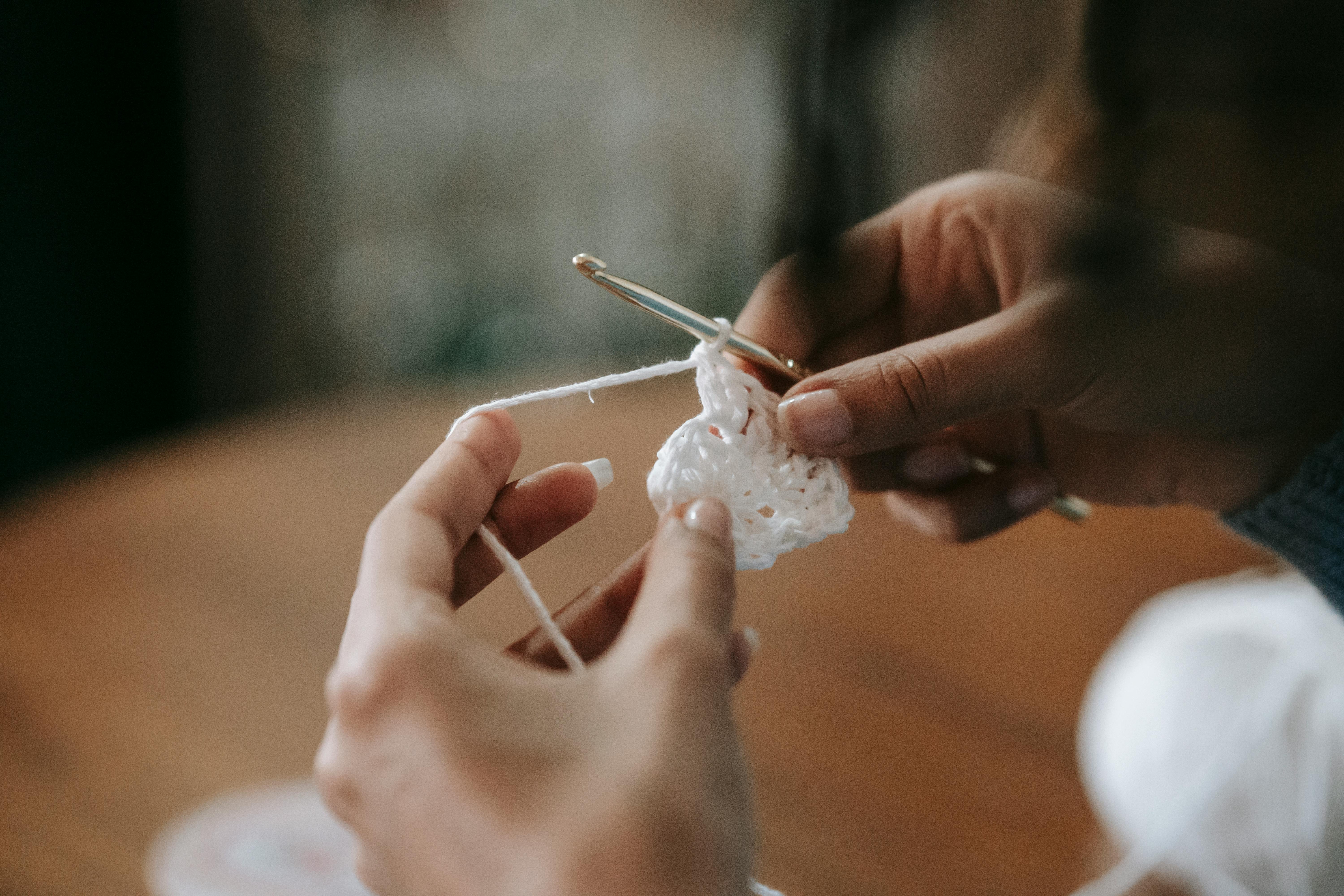Effective Ways to Sugar Wax for Smooth Skin in 2025

Apply Now


Effective Ways to Sugar Wax for Smooth Skin in 2025
Understanding Sugar Waxing and Its Benefits
Sugar waxing, a popular hair removal technique, has gained traction for its natural ingredients and efficacy. Unlike traditional wax, sugar wax is made from sugar, water, and lemon juice, making it a viable option for those seeking organic beauty treatments. One of the main benefits of sugar waxing is its gentleness on the skin, particularly beneficial for sensitive skin. It adheres only to the hair and not the skin, reducing the risk of irritation and discomfort commonly associated with conventional waxing methods. The sugar wax application is straightforward, making it an ideal DIY method. With a few natural ingredients, you can easily make your own sugar wax at home. As we explore effective ways to sugar wax, we’ll delve into homemade sugar wax recipes, application techniques, and tips for achieving smooth skin.Homemade Sugar Wax Recipe
Creating a natural sugar wax at home is both cost-effective and simple. The basic sugar wax recipe requires just three ingredients: sugar, lemon juice, and water. To make your sugar wax, combine two cups of sugar, a quarter cup of water, and the juice of half a lemon in a saucepan. Heat the mixture over medium heat, stirring until the sugar dissolves, and bring it to a gentle boil. Monitoring the sugar wax temperature is crucial. You’ll want to remove it from heat once it reaches a golden amber color. This usually occurs around 240°F (115°C). Allow the mixture to cool to a manageable temperature before using it. This homemade sugar wax is a great choice for hair removal on various body parts, including legs, face, and underarms.Preparing for Sugar Waxing
Before diving into the sugar waxing process, proper preparation is essential for optimal results. Start by ensuring your skin is clean and free from oils and lotions. Exfoliating the area a day before waxing can help remove dead skin cells, making it easier for the wax to grip the hair. When you’re ready to sugar wax, take the time to assess the hair length. Ideally, hair should be around a quarter inch long for effective removal. This ensures that the sugar wax adheres properly to the hair and not the skin. It’s advisable to check for skin sensitivities and test a small area first if you are new to sugar waxing. This can help avoid any allergic reactions and will give you an understanding of how your skin responds to this hair removal method.Effective Sugar Waxing Techniques
Once you have your homemade sugar wax and you’re prepared, it’s time to learn about the sugar waxing technique. Start by taking a small amount of sugar wax and molding it into a ball with clean hands. Apply the wax against the direction of hair growth, and then swiftly pull it off in the direction of hair growth. This method can help minimize pain and maximize hair removal efficiency. For areas like the bikini line and underarms, dabbing a thin layer of the sugar wax is usually more effective. You can also consider using cloth strips for larger areas such as legs, but many prefer using the traditional technique of manipulating the wax by hand for better control. Taking care to maintain hygiene during the sugar wax application process is essential. Always use clean tools, and avoid double-dipping the wax to minimize bacteria transfer.Comparing Sugar Wax to Traditional Waxing Methods
While both sugar and traditional wax are popular hair removal methods, there are distinct differences worth mentioning. Sugar wax is often regarded as a less painful option since it sticks to the hair, not the skin, significantly reducing irritation. Furthermore, sugar wax can be easily cleaned up with warm water, while traditional wax may require special solvents. Additionally, sugar wax for sensitive skin is often more favorable since it contains all-natural ingredients, reducing the risk of allergic reactions. Those who have previously experienced discomfort with traditional waxing might find sugar waxing to be a more suitable alternative. Sugar wax also has the added benefit of being a more sustainable option due to its biodegradable ingredients. It aligns with a natural beauty ethos, appealing to those focused on eco-friendly practices in their beauty routines.Post Sugar Wax Care
After sugar waxing, it's vital to take care of your skin to ensure optimal results and comfort. Begin by soothing the skin with a gentle aftercare product. Aloe vera gel is an excellent natural option that can help calm any irritation and provide hydration. Avoid exposing the waxed area to the sun for at least 24 hours to prevent sunburn or discomfort. You also want to manage ingrown hairs, which can be a common concern post-waxing. Regular exfoliation a few days post-waxing will promote healthy skin and reduce the likelihood of ingrown hairs. Moreover, it’s advisable to avoid tight clothing immediately after waxing, as it can cause friction and irritation. Instead, opt for loose-fitting garments to allow the skin to breathe and recover properly.Essential Tips for Sugar Waxing Success
To maximize the effectiveness of your sugar waxing experience, here are a few expert tips to consider. First, practice makes perfect! If you are new to sugar waxing, take your time and learn the process; it might feel awkward at first, but you'll get the hang of it with patience. Using the right sugar wax consistency is key to achieving successful results. Your sugar wax should be pliable but sticky enough to adhere to hair. Overcooked wax can lead to a too-hard consistency, while undercooked wax will not set properly. Another common mistake is applying wax in an area where the hair is too long. Make sure to trim if necessary before application for best results. It's also essential to only wax areas that are free from cuts or abrasions to avoid irritation. Lastly, stay hydrated and maintain a healthy skincare routine to enhance your sugar waxing results. Well-hydrated skin responds better to hair removal methods and promotes healing.Sugar Waxing FAQs
Many people have questions as they begin their sugar waxing journey. One of the most common queries is about pain levels. Generally, sugar waxing is associated with less pain than traditional wax due to the way the sugar bonds with the hair. However, each individual's pain tolerance varies, and it may take a few experiences to become accustomed to the sensation. Another frequent question revolves around how often one should sugar wax. To maintain smooth skin, many find doing it every 3–6 weeks effective, dependent on individual hair growth cycles. Additionally, discussions about sugar waxing myths are prevalent. Some believe that sugar wax should be warm to the touch but not boiling. The ideal temperature aligns closely with body temperature for effective application.Final Thoughts on Sugar Waxing Techniques and Practices
In conclusion, sugar waxing is an excellent alternative to traditional hair removal methods. With its natural ingredients and effective practice, it offers numerous benefits, particularly for those with sensitive skin. By utilizing homemade sugar wax and following the techniques discussed, you can achieve smooth, radiant skin in the comfort of your home. With the rise of eco-conscious beauty practices, sugar waxing stands out as a sustainable choice that aligns with modern beauty trends. Embrace this natural hair removal method as a part of your beauty regimen and experience the many advantages it offers.
